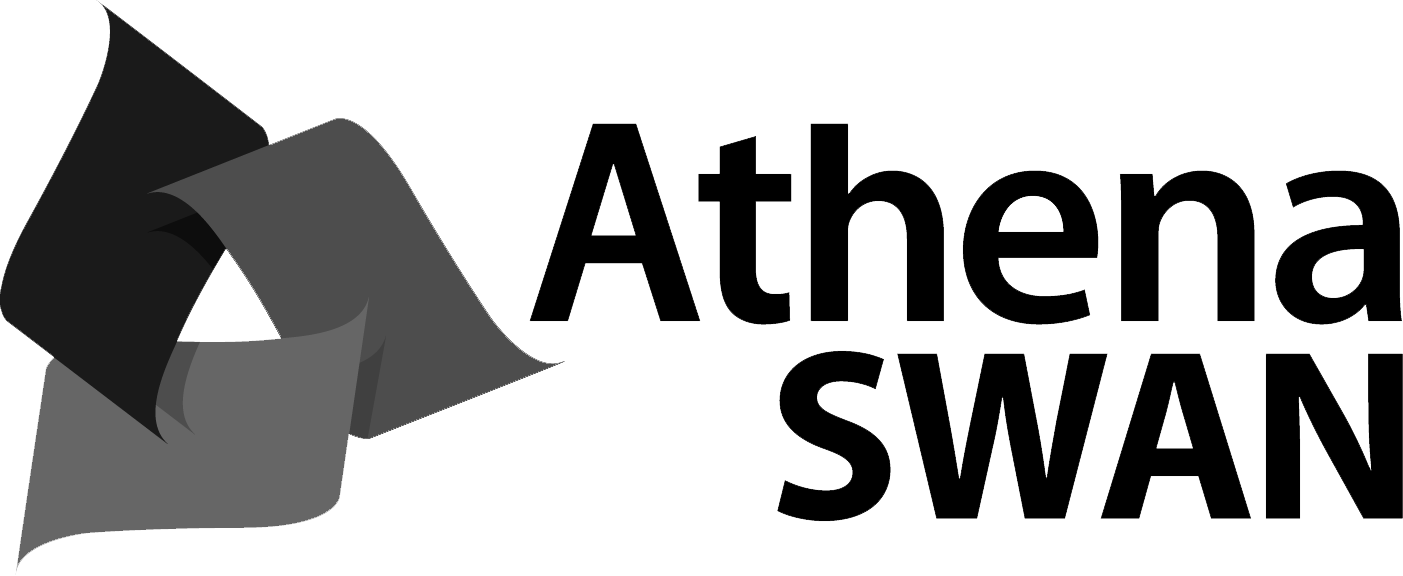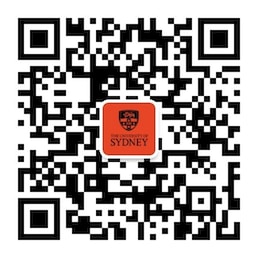Neuroscience
Neuroscience is an interdisciplinary program and major offered by the School of Medical Sciences in the Faculty of Medicine and Health and the School of Psychology in the Faculty of Science. Units of study in this major are available at standard and advanced level.
About the program
Neuroscience is the study of the nervous system. Neuroscientists are interested in the structure and function of the molecules, cells, pathways and systems found in the brain, spinal cord and peripheral nervous system. They study the nervous system at the microscopic and macroscopic levels as well as at the level of the developing and mature individual. Neuroscientists aim to understand how the brain controls and regulates our activities and experiences in both health and disease. This could include, for example, trying to understand the bases of sensation and movement, learning and memory, emotions and personality. It is one of the largest and fastest growing research endeavours in the biological sciences, and the study of neuroscience now embraces the fields of engineering, artificial intelligence, mathematics, computer science and economics. The strong multidisciplinary history of neuroscience is reflected in the many disciplines that contribute to its teaching at the University of Sydney.
The program and major comprise units of study from the School of Psychology and the School of Medical Sciences (Anatomy and Histology; Physiology and Pharmacology). Neuroscience is identified as one of the research strengths of the University. The neurosciences are taught and actively researched at many locations in the University and the program and major offers opportunities for unique learning opportunities and research electives with our active research groups.
Requirements for completion
The Neuroscience program, major and minor requirements are listed in the Neuroscience unit of study table.
Contact and further information
School of Medical Sciences
Dr Carol Dobson-Stone
E carol.dobson-stone@sydney.edu.au
T +61 2 9351 0822
Dr Frances Evesson
E frances.evesson@sydney.edu.au
T +61 2 9845 1455
and
School of Psychology
Griffith Taylor Building (A19)
University of Sydney NSW 2006
Associate Professor Elena Bagley
E elena.bagley@sydney.edu.au
T +61 2 9351 4132
Associate Professor Ian Johnston
E i.johnston@sydney.edu.au
T +61 2 9351 4353
Learning outcomes
Students who graduate from Neuroscience will be able to:
| No. | Learning outcomes |
|---|---|
| 1 | Exhibit a broad and coherent body of knowledge of the organisation of the brain and nervous system, from its gross structure to the cellular, intracellular and molecular levels. |
| 2 | Exhibit a deep and integrated knowledge of the properties of molecular, intracellular, cellular, circuit and systems components of the brain and nervous system |
| 3 | Describe how neuroscience methodologies have changed throughout history and discuss how emerging techniques and technologies can lead to changes in neuroscience. |
| 4 | Search, identify, discuss, critique and evaluate relevant primary scientific literature in the field of the neurosciences |
| 5 | Collate, analyse, illustrate, describe, and present primary research data in neuroscience. |
| 6 | Communicate concepts and findings in neuroscience through a range of modes for a variety of purposes and audiences, using evidence-based arguments that are robust to critique. |
| 7 | Relate the structural organisation and functional properties of the nervous system to observable behaviours and processes of cognition and discuss the relevance to other biomedical and biological disciplines. |
| 8 | Formulate hypotheses, design research plans and specify experiments that address and test hypotheses in neuroscience. |
| 9 | Develop creative and innovative approaches to problem solving in the field of neuroscience research and work effectively, responsibly and safely in individual and collaborative contexts. |
| 10 | Address authentic problems in neuroscience, working professionally and ethically within collaborative, interdisciplinary teams. |
| 11 | Articulate the place of neuroscience in community and society, its medical, educational, social and global importance, as well as its uses and potential abuses. |





